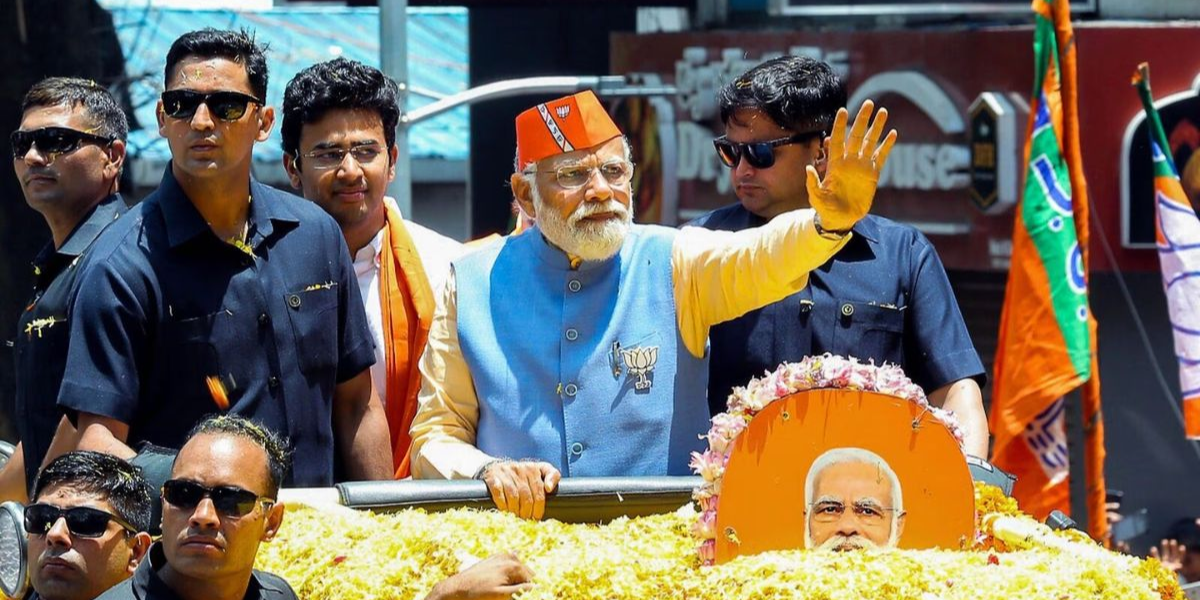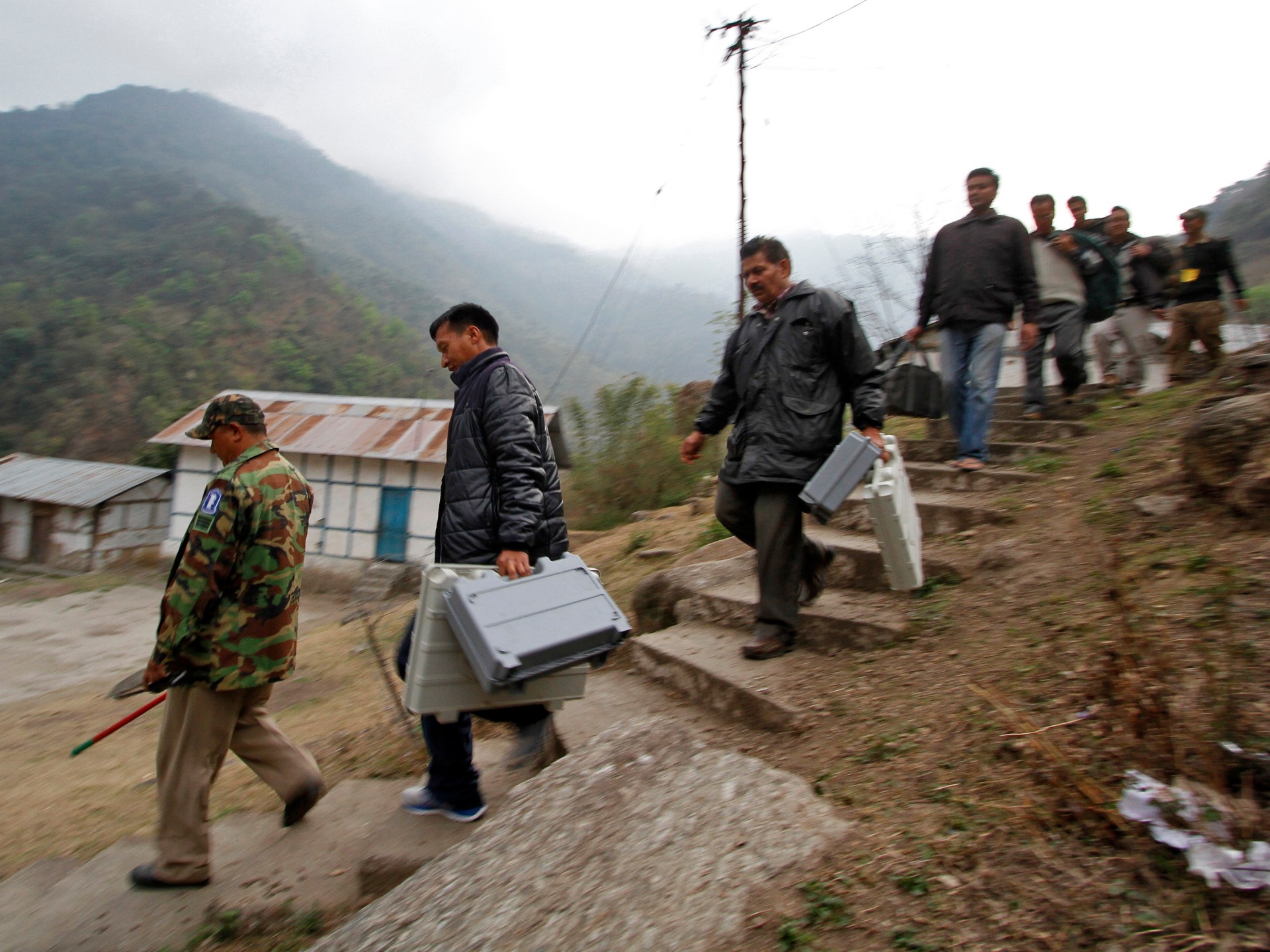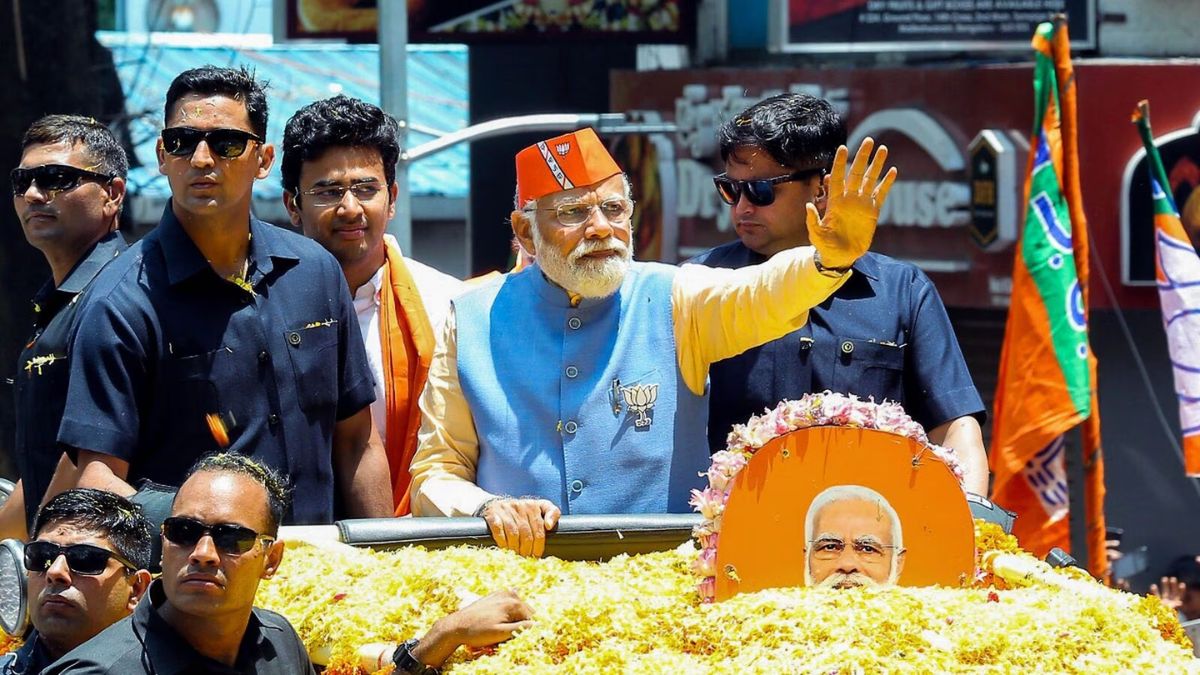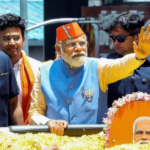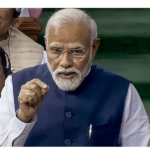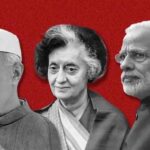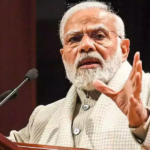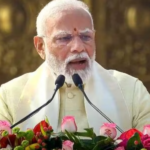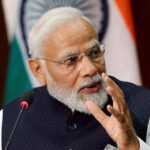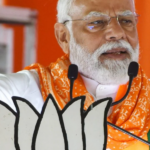The beginning of the first phase of the Indian national election, which will be comprised of seven phases, is set to take place on April 19th. There are 543 seats in the Lok Sabha, which is the lower house of parliament in India. These elections are for the seats that make up the Lok Sabha. The next administration will be formed by the party or coalition that is able to win a majority of legislative seats in the Lok Sabha. This will be the case when it comes to the composition of the Lok Sabha.
It is the most democratic exercise that has ever taken place anywhere in the world and throughout the history of the planet. It took place over the course of 44 days and involved 969 million registered voters who were eligible to cast their vote utilizing 5.5 million electronic voting machines. Immediately following the completion of the count of votes, the results of the election will be made public on June 4th.
There will be a large variety of national and regional parties competing for the votes of individuals in the elections that will take place in India, which is a multiparty democracy. Nonetheless, there are two key coalitions that are directly fighting with one another as prospective contenders for the leadership of the nation. Both of these coalitions are vying for national leadership. These coalitions are the National Democratic Alliance (NDA), which is led by the Bharatiya Janata Party (BJP), which is the party that Prime Minister Narendra Modi leads, and the Indian National Developmental Inclusive Alliance (INDIA), which is led by the Indian National Congress, which is the primary opposition party. Both of these coalitions are led by the Indian National Congress.
Who votes in phase 1?
There are 102 constituencies throughout 21 states and union territories that are actively voting in the first phase. These constituencies include:
- Tamil Nadu: All 39 of the state’s seats
- Rajasthan: Twelve out of the state’s 25 seats
- Uttar Pradesh: Eight out of the state’s 80 seats
- Madhya Pradesh: Six out of the state’s 29 seats
- Maharashtra: Five out of the state’s 48 seats
- Uttarakhand: All five of the state’s seats
- Assam: Five out of the state’s 14 seats
- Bihar: Four out of the state’s 40 seats
- West Bengal: Three out of the state’s 42 seats
- Arunachal Pradesh: Both of the state’s two seats
- Manipur: Both of the state’s two seats
- Meghalaya: Both of the state’s two seats
- Chhattisgarh: One out of the state’s 11 seats
- Mizoram: The state’s sole seat
- Nagaland: The state’s sole seat
- Sikkim: The state’s sole seat
- Tripura: One out of the state’s two seats
- Jammu and Kashmir: One out of five seats
- Andaman and Nicobar Islands: The union territory’s sole seat
- Lakshadweep: The union territory’s sole seat
- Puducherry: The union territory’s sole seat
Which are some of the key constituencies voting on April 19?
Coimbatore, Tamil Nadu: The Bharatiya Janata Party (BJP), which is led by Prime Minister Modi, has historically had a difficult time breaking through in the southern state of Tamil Nadu, where it won none of the 39 seats in 2019. This time around, the party is placing its bets on a rising star, K Annamalai, who is the state leader of the party, to deliver an unexpected victory from the city of Coimbatore.
Nagpur, Maharashtra: Nitin Gadkari, the federal transport minister, is running for office from Nagpur, a city that is well-known for its oranges. Gadkari is a senior BJP leader, and some political observers consider him to be a potential contender to Modi. In addition, the headquarters of the Rashtriya Swayamsevak Sangh, which is the Hindu majoritarian umbrella group that serves as the intellectual mentor of the Bharatiya Janata Party (BJP), are located in Nagpur.
Manipur: The first phase of voting for both of the state’s two seats will take place on April 19, and the second phase will take place on April 26. Both phases will be partially voted on. The elections are taking place against the backdrop of ethnic strife that has effectively divided Manipur into two distinct regions: the plains, where the majority of the Meitei population resides more than anything else, and the hills, where the Kuki tribe resides. More than two hundred people have been killed in skirmishes between the two communities since May of last year. Many people blame the state government, which is dominated by the BJP, for playing a biased role and for its inability to put an end to the violence despite its efforts. When it comes to politics, will it cost us?
Muzaffarnagar, Uttar Pradesh: The epicenter of anti-Muslim riots in 2013, which some observers say helped the Bharatiya Janata Party (BJP) win big in India’s most populous state in 2014 (72 out of 80 seats), Muzaffarnagar votes on April 19. In spite of the fact that the constituency and the constituencies that surround it have a sizeable Muslim population, the BJP was able to win in both 2014 and 2019 thanks to its ability to secure the support of Hindu voters.
When does voting start and end?
The polls will open at seven in the morning local time (01:30 GMT) and close at six in the evening local time (12:30 GMT). Even if it means keeping polling booths open for longer, voters who are in line by the time the polls close are allowed to cast their ballots.
Who rules states that vote in the first phase?
- Tamil Nadu is governed by an alliance led by the Dravida Munnetra Kazhagam, comprising parties from INDIA.
- The BJP rules in Uttar Pradesh, Madhya Pradesh, Chhattisgarh, Rajasthan, Uttarakhand, Assam, Manipur, Tripura and Arunachal Pradesh.
- The BJP is also in power through alliances in Maharashtra, Bihar, Meghalaya, Nagaland, Sikkim and Puducherry.
- Andaman and Nicobar Islands and Lakshadweep are federally governed with no democratically elected government. Jammu and Kashmir is also ruled from New Delhi, with no state elections since the Modi government scrapped its special status in 2019.
- West Bengal is governed by the All India Trinamool Congress Party, a part of the INDIA alliance.
- A coalition of six regional parties, the Zoram People’s Movement, governs Mizoram.
Who won these Lok Sabha seats in 2019?
- In the last Lok Sabha election, the Congress-led United Progressive Alliance (UPA) – many of whose members are now part of the INDIA grouping – won 45 of the 102 seats that will vote on April 19.
- The BJP-led NDA won 42 of these seats.
- In Tamil Nadu, the biggest prize in the first phase, the NDA alliance won one seat: This went to the regional All India Anna Dravida Munnetra Kazhagam (AIADMK). The BJP itself did not win any seats. The other 38 seats in Tamil Nadu went to the UPA, with the Congress winning eight, the DMK winning 23, and other allies winning the rest.
- In Assam, a delimitation exercise last year changed the organisation of constituencies. This year, Kaziranga has replaced what was Kaliabor in 2019, with some changes. The Congress won this seat in 2019. Sonitpur has replaced Tezpur, which the BJP won in 2019.
